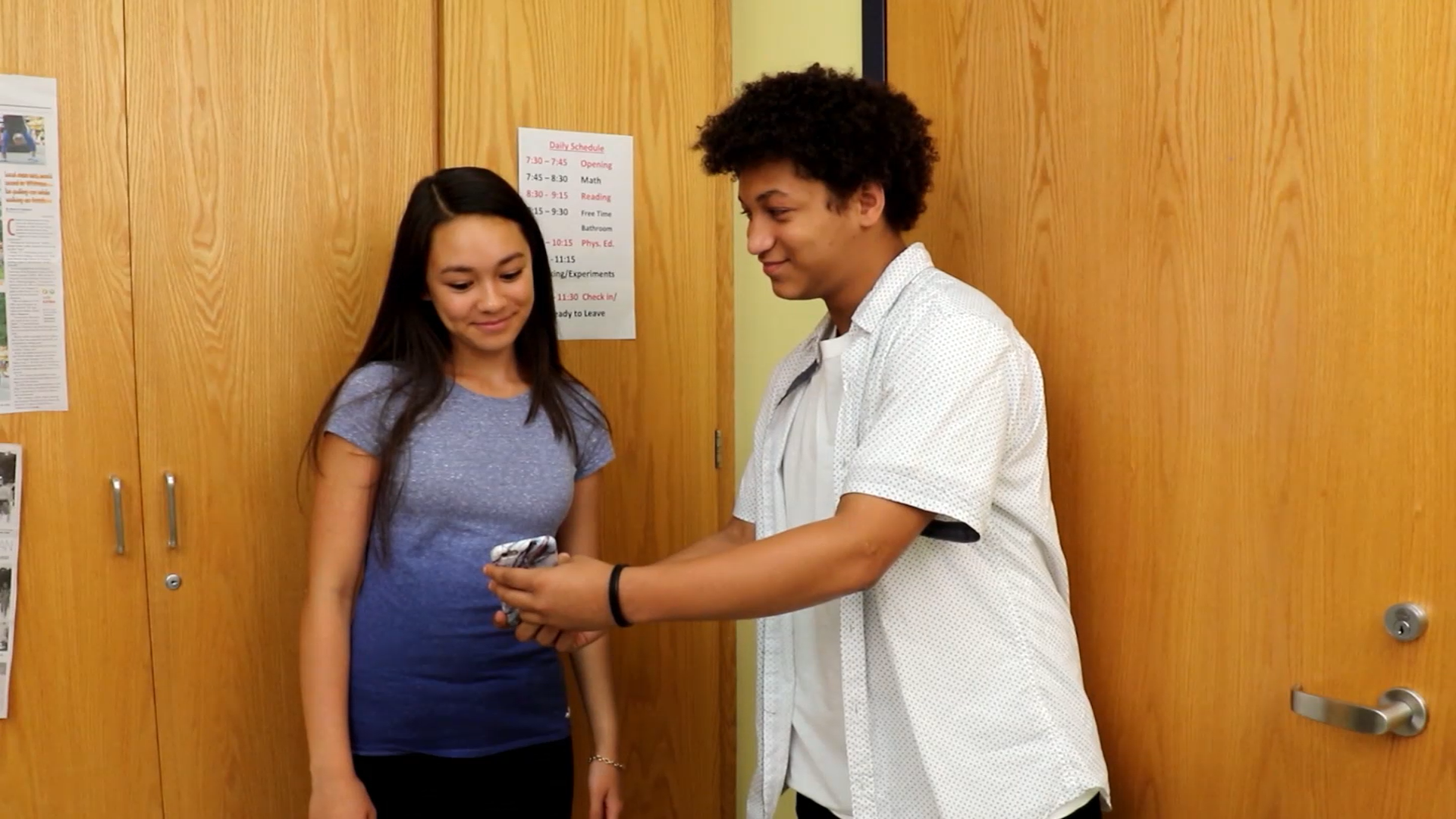As educators, we strive to teach our students the importance of effective communication. One essential aspect of communication is providing enough information to our listeners to avoid confusion. This blog post will introduce a no-prep activity that helps students practice giving the right amount of information in conversations, followed by discussion questions, related skills, and next steps for educators working with Special Education students.
Introduction
When students engage in conversations, it’s vital to consider their listeners. By thinking about what their listeners know and don’t know, students can provide the necessary background information to avoid misunderstandings. This concept is known as giving a “background brief.” A background brief includes essential details such as who they’re with, what happened, when it occurred, and where they went. By providing this information, students can have successful conversations that foster positive relationships and enhance their social-emotional learning.
No-Prep Activity: Background Brief Role-Play
This no-prep activity requires no materials or preparation from the educator. The activity involves role-playing scenarios where students practice giving background briefs to their conversation partners.
- Divide students into pairs.
- Assign each pair a conversation topic or let them choose one themselves.
- Have one student in each pair act as the speaker and share a story or experience related to the topic. The other student will be the listener.
- The speaker should practice providing a background brief by including essential details about the situation.
- After the speaker finishes their story, have the listener ask any clarifying questions to fill in missing information.
- Switch roles and repeat the process with a new topic.
This activity helps students practice considering their listener’s needs and providing the right amount of information in conversations.
Discussion Questions
- Why is it important to provide enough information in a conversation?
- What challenges do you face when trying to give a background brief?
- How can you tell if your listener is confused or needs more information?
- What strategies can you use to remember to provide a background brief in conversations?
- How can providing a background brief improve our relationships with others?
Related Skills
In addition to giving a background brief, other related skills can help students improve their overall communication and social-emotional learning. These skills include:
- Active listening: Paying close attention to the speaker and showing genuine interest in what they’re saying.
- Asking open-ended questions: Encouraging further conversation by asking questions that require more than a yes or no answer.
- Reading non-verbal cues: Observing facial expressions, body language, and tone of voice to understand the listener’s emotions and reactions.
- Empathy: Putting oneself in the listener’s shoes to better understand their feelings and perspectives.
Next Steps
To further support your students in developing effective communication and social-emotional learning skills, consider signing up for free samples of related skill materials at Everyday Speech. These resources can provide valuable insights and activities to help your students thrive in their social interactions.






